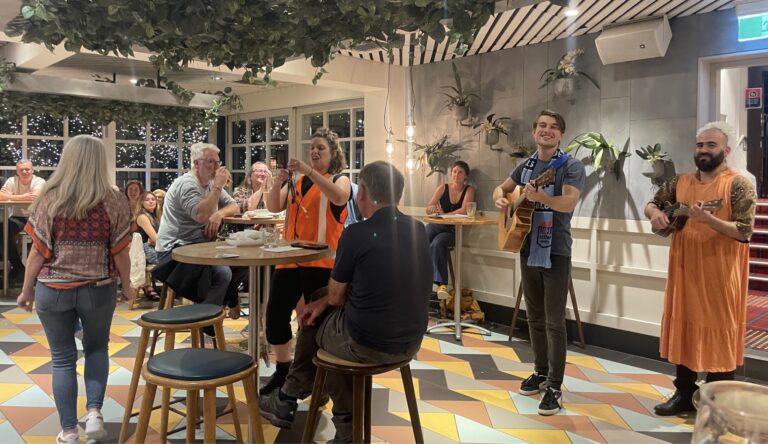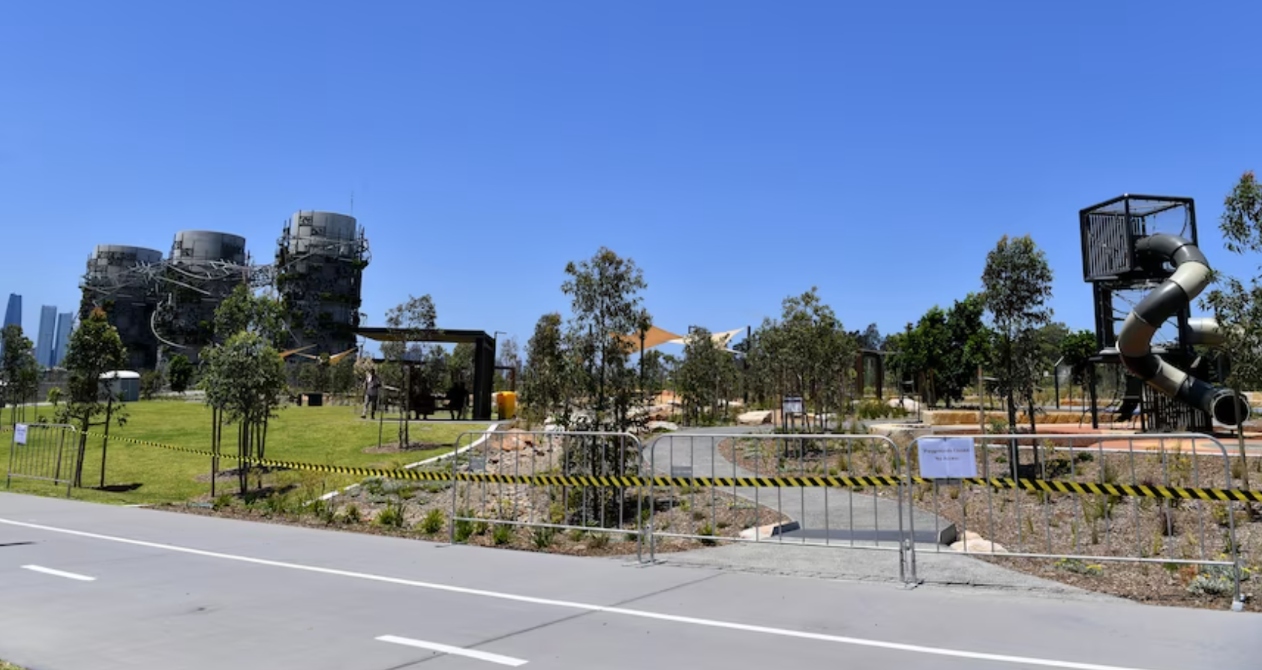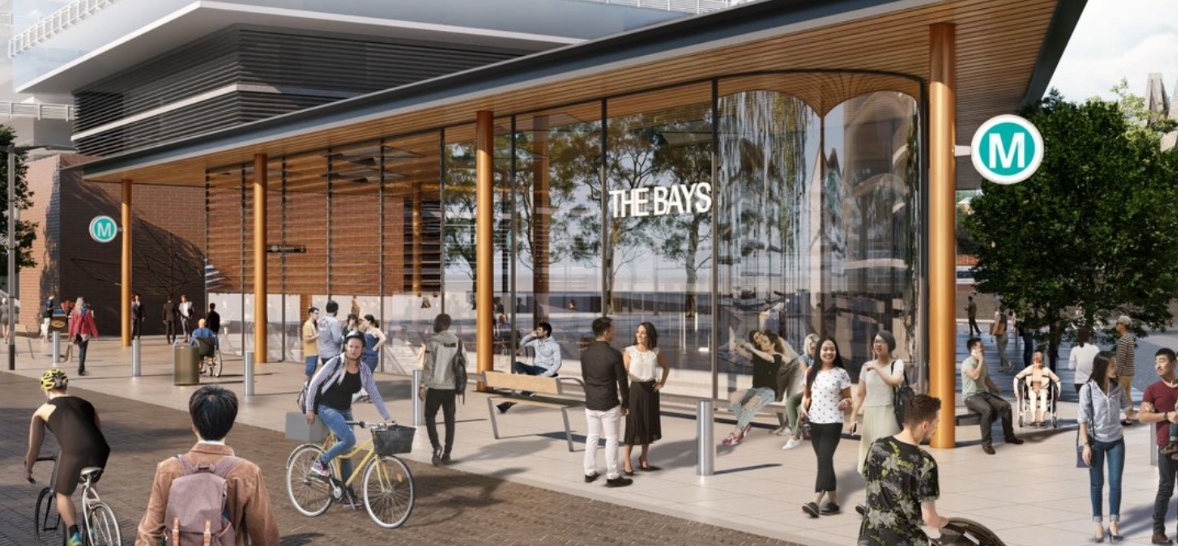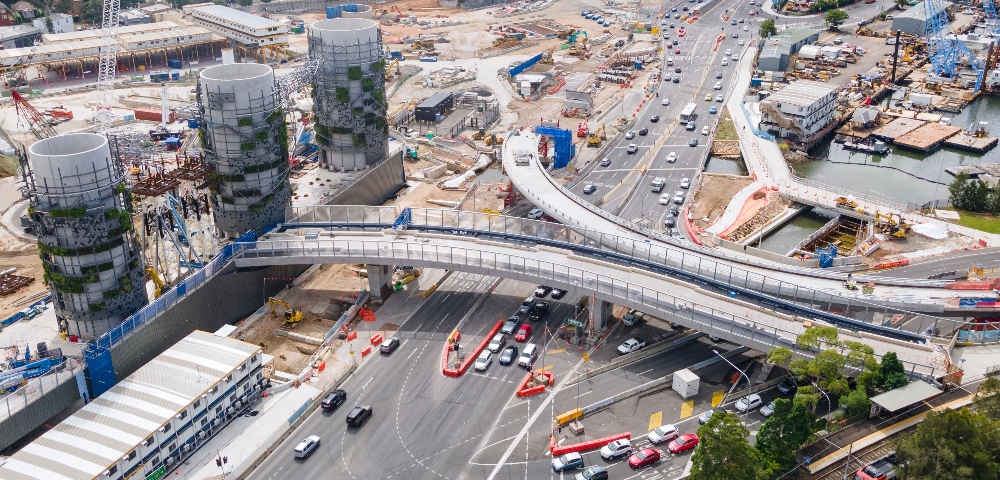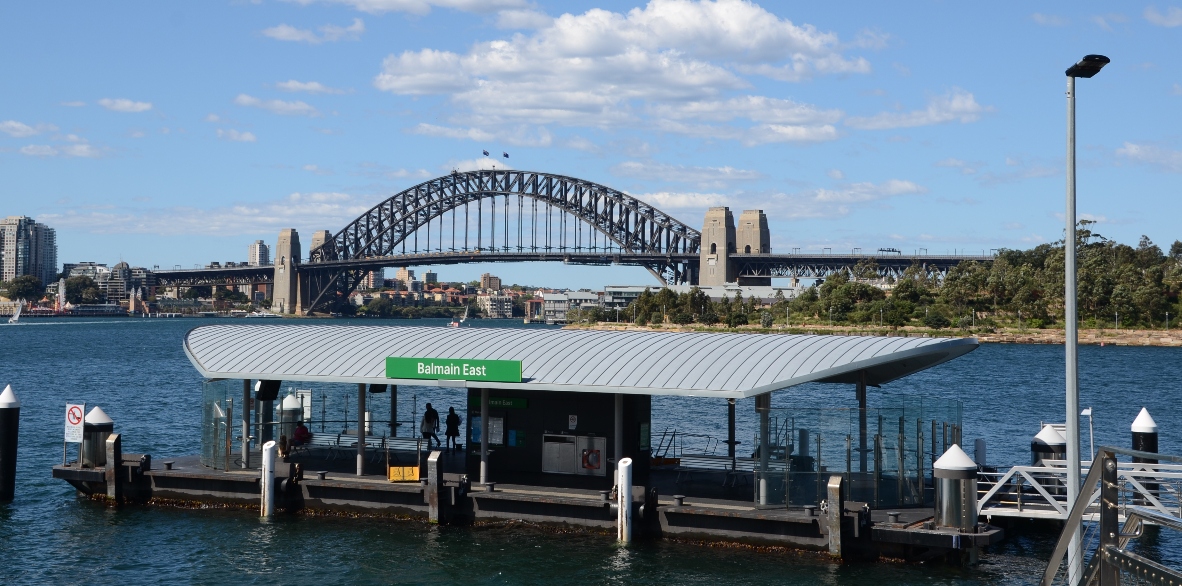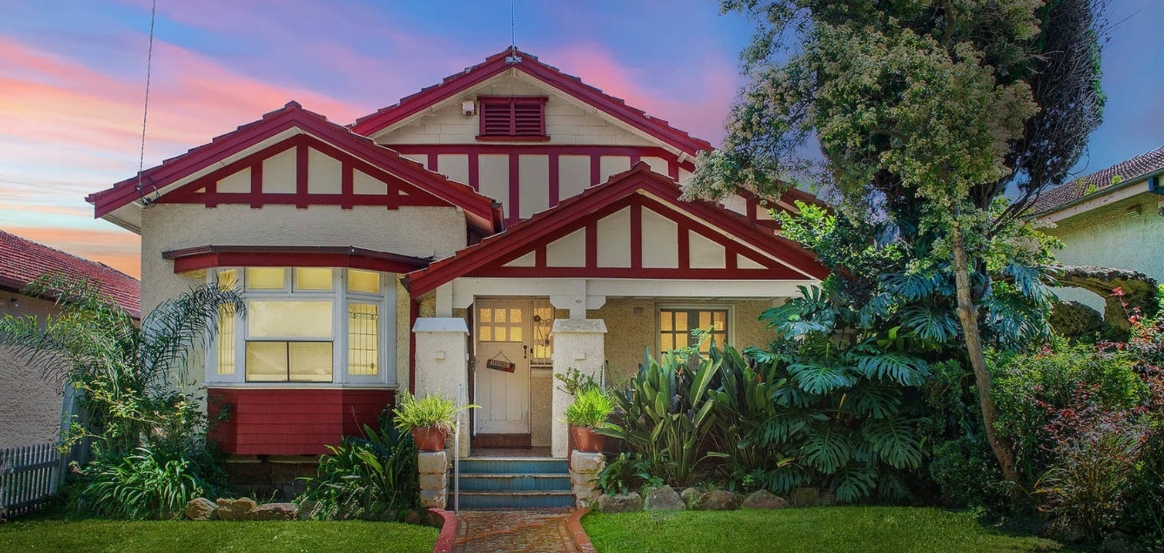
Glebe Island Bridge a critical link between the city and the Inner West

By ALLISON HORE
If repaired and reinstated the historic Glebe Island Bridge could create a crucial active transport link between the city and the Inner West, says member for Balmain, Jamie Parker.
Once a world-first feat of engineering and a testament to ingenuity of industrial Sydney, the Glebe Island Bridge has been allowed to fall into disrepair over the quarter century since it has been decommissioned.
Despite residents in both Pyrmont and the Inner West rallying to save the bridge, its future remains uncertain. But Mr. Parker thinks if the bridge were to be revitalised it could be a critical transport link between the CBD and the Inner West.
“This bridge is all about the future of our city,” he said at a gathering at the bridge, commemorating a quarter century since its closure.
“Are we going to have a city that focuses on pedestrians and cyclists, or are we going to have a city that focuses on the car?”
The now-disused Allan truss road bridge connects Rozelle to Pyrmont and has a swing opening mechanism to allow vessels to pass through. It opened in 1903, making it among the first electrical powered opening bridges in the world.
The bridge was decommissioned on the 3rd of December 1995 when its behemoth neighbour, the Anzac Bridge, opened. It stands as one of the last remaining swing bridges of its type in Australia, alongside its sister bridge the Pyrmont Bridge.
If a “human scale” link across the Glebe Island Bridge were to be reinstated for pedestrians it would turn what is currently a 20 minute walk across the Anzac from Pyrmont to Rozelle into a leisurely 5 minute stroll.
“This bridge provides that desperately important link between Rozelle in the Inner West and Pyrmont in the city. And that’s the reason why we need to support its retention,” said Mr. Parker.
Demolition by neglect
Despite its heritage significance, and official recognition, the bridge has been allowed to fall into disrepair. It has received little maintenance and has been left with the swing span in the open position for many years to allow for the mega yachts docked in Rozelle Bay to pass through.
City of Sydney councillor and passionate advocate for Sydney’s heritage, Philip Thalis, called the government’s treatment of the bridge “a policy of demolition by neglect” and said the government seems to have no interest in keeping the bridge.
“Ever since the 1980s, with the Darling Harbour upgrades, this bridge was at risk. And then in 95 it was a close shave,” he said.
The bridge was saved from the wrecking ball in 2013, when Glebe Island Bridge was added to the New South Wales State Heritage Register.
The listing came after the heritage minister for the Liberal government at the time, Robyn Parker, broke party ranks to back the protection of the bridge. She noted that the Glebe Island Bridge and the Pyrmont Bridge were the last remaining structures of their kind in the state and “were considered great feats of engineering for the period”.
Mr. Parker said he “doesn’t often give praise to Liberal party members” but says Ms. Parker’s commitment to saving the bridge is one of the key reasons it’s still around today.
“She took that courageous decision, which politicians don’t usually like to do, to go against many in her party and say ‘we’re going to heritage list this bridge’,” he said.
But the 2013 report wasn’t the first time the bridge faced demolition. Mr. Parker says the bridge has almost met its demise a few times.
“Ever since the 1980s, with the Darling Harbour upgrades, this bridge was at risk. And then in 95 it was a close shave,” he explained.
Mr. Parker has been a long time advocate for the bridge which he believes is not only an important piece of history for the community, but also a key to the area’s future.
“For me this has been a labour of love. Twenty years ago I was first elected to Leichhardt council, I served twelve years on that council and now ten years as a state MP,” he said.
“It’s so important that we fight hard for this bridge. Not only for its 117 years of service to our community, but for what it holds for the future of our city.”
Key to the Pyrmont strategy
Despite a quarter century of neglect, the NSW government is also beginning to see the future potential in the historic bridge.
In their final Pyrmont Peninsula Place strategy released in December, the NSW Government recognised Glebe Island bridge could be a crucial active transport link. The document provides a 20-year framework for development across the Pyrmont peninsula and outlines five “big moves” for the area. One of the priorities the plan identified for the Pirrama precinct is to restore, reinstate or interpret the bridge to create an active transport link with the Bays west precinct.
“Transport for NSW is currently investigating this potential future link and will consider the importance of an active transit link, the working harbour, other maritime uses and the heritage listing of the bridge and fenders,” the NSW Government said in the planning document.
Mr. Parker says that while the bridge’s significant history has been preserved, there is still work to be done to ensure it is a part of the city’s future. And he thinks now is the time to make it happen.
“We’re in a really fantastic moment in history because in moments in change and flux, we can often get winds,” he said.
“We have ground the wreckers of this bridge into an impasse. They are not strong enough to demolish it, yet we haven’t managed to tip the balance in favour of reopening and enlivening this bridge.”
“But now it’s an opportunity for us to create a pedestrian and cycleway link at least from Rozelle to Pyrmont into the city and its reverse.”


